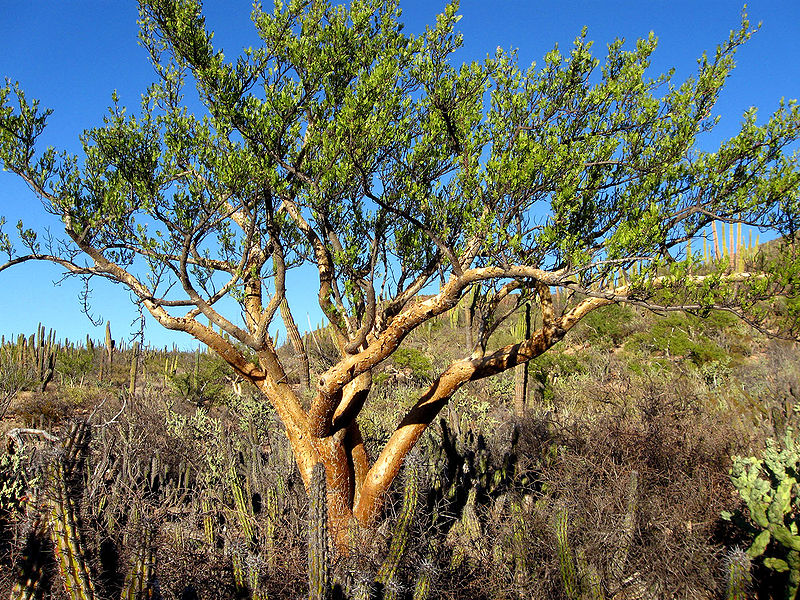

Contributor
- Topics: Archive

October is always a busy month for California gardeners. Unlike the rest of the country, this is our best season for planting, especially if you are planting native plants. Among my favorite natives is the Silk Tassel, Garrya elliptica. This plant came to botanical prominence when it was brought to England from Oregon by David Douglas (of Douglas Fir fame) in the 1830’s. Silk Tassel is a member of one of only four plant families found only in North America. It grows in the coast range from Oregon south to the middle of California, preferring areas that do not get excessively hot in the summer. In the inland portion of its range, it is found on north facing slopes or shadier locations, while along the coast it will grow in full sun.
Coast Silk Tassel is a multi-trunked, V-shaped shrub that grows to about 12 feet, although under ideal conditions it can become a small tree to 30 feet. Its leaves are dark green and glossy on the top surface and wooly white on the bottom. The common name describes the long catkins that hang from the branches in the springtime. These tend to be cream colored, turning gray as they dry over time. The tassels are found on both male and female plants, although the male tassels are longer. The cultivar ‘James Roof’, named after the former director of the UC Berkeley Botanic Garden, has catkins up to 10 inches long on the male plant.
The Silk Tassel is not fussy about soil type, as long as it is well draining. Although it can become drought tolerant once established, it always looks better with some regular watering. I think it looks best in its natural form, but if you must prune your plant, do this as soon as it finishes flowering.
Garrya elliptica was named after Nicholas Garry, who was an assistant to David Douglas in his explorations of the northwest United States. The species name refers to the shape of the leaves. If you have the space for this large shrub, it will reward you with a wonderful, long lasting display every spring.
This plant profile is courtesy of California Horticultural Society, a sponsoring society of Pacific Horticulture.
Share:
Social Media
Garden Futurist Podcast
Most Popular
Videos
Topics
Related Posts

Ground Up Science for Greener Cities with Garden Futurist Dr. Alessandro Ossola
Spring 2023 Listen to the Podcast here. Alessandro Ossola is a scientist who gets very excited about the challenge of climate change allowing for an

Readying Urban Forests for Climate Realities with Garden Futurist Dr. Greg McPherson
Winter 2023 Listen to the Podcast here. “Going from the mow and blow to a more horticulturally knowledgeable approach to maintaining the landscape. And that

Welcome, Greywater, to the Garden
Summer 2022 Oh, summer: delightful warm air, tomatoes swelling on the vine, fragrant blooms on an evening stroll. When it’s warm and rainless, how is

Big Tree-Data and Big-Tree Data with Garden Futurist Matt Ritter
Summer 2022 Listen to the full Garden Futurist: Episode XV podcast here. We are in an environmental crisis right now in many parts of California








Responses